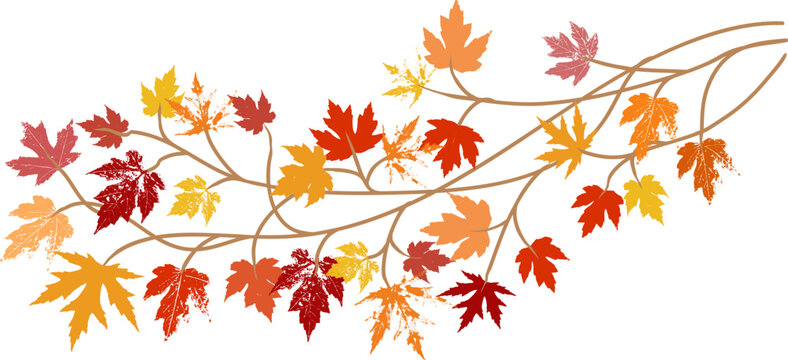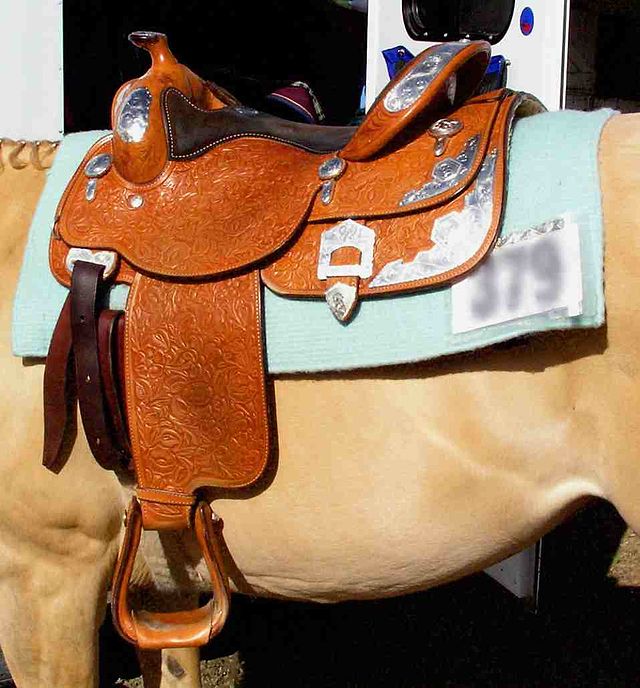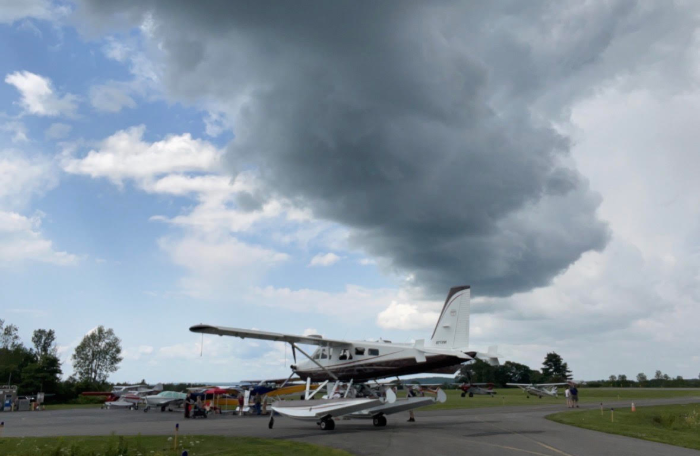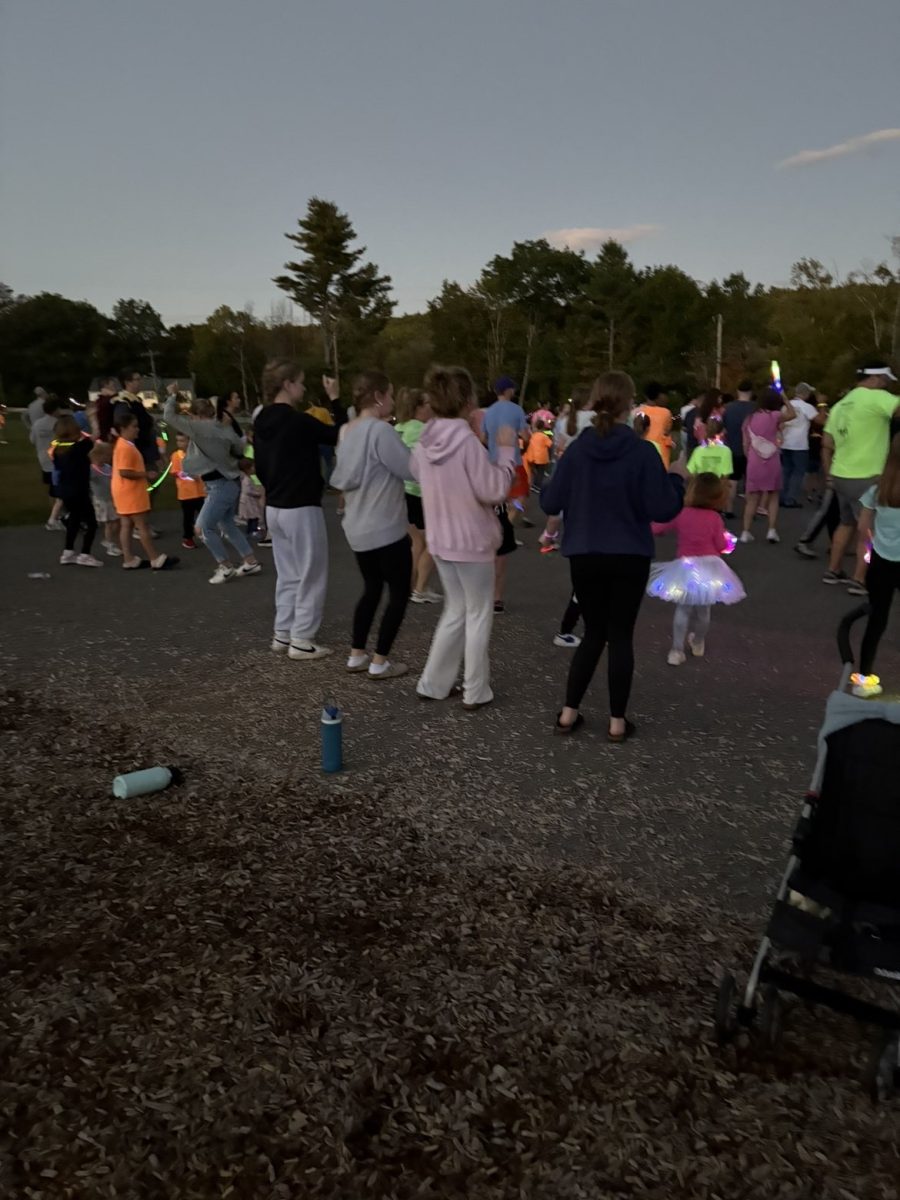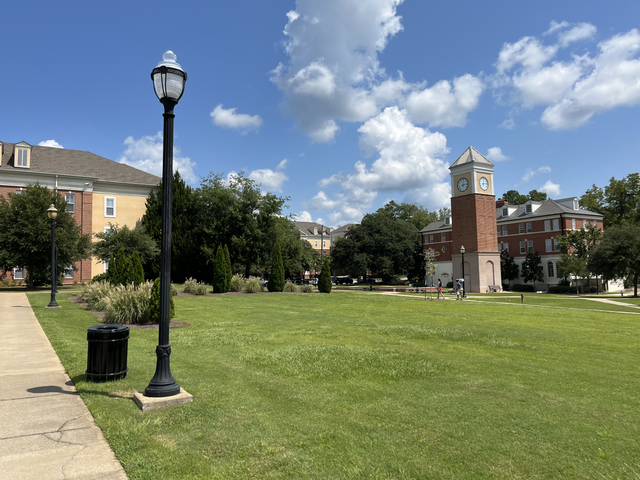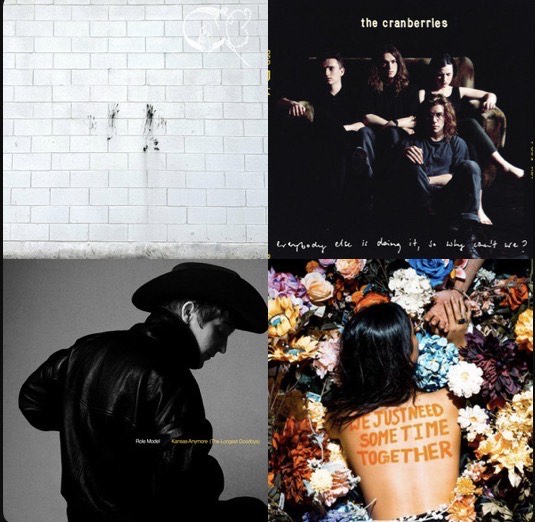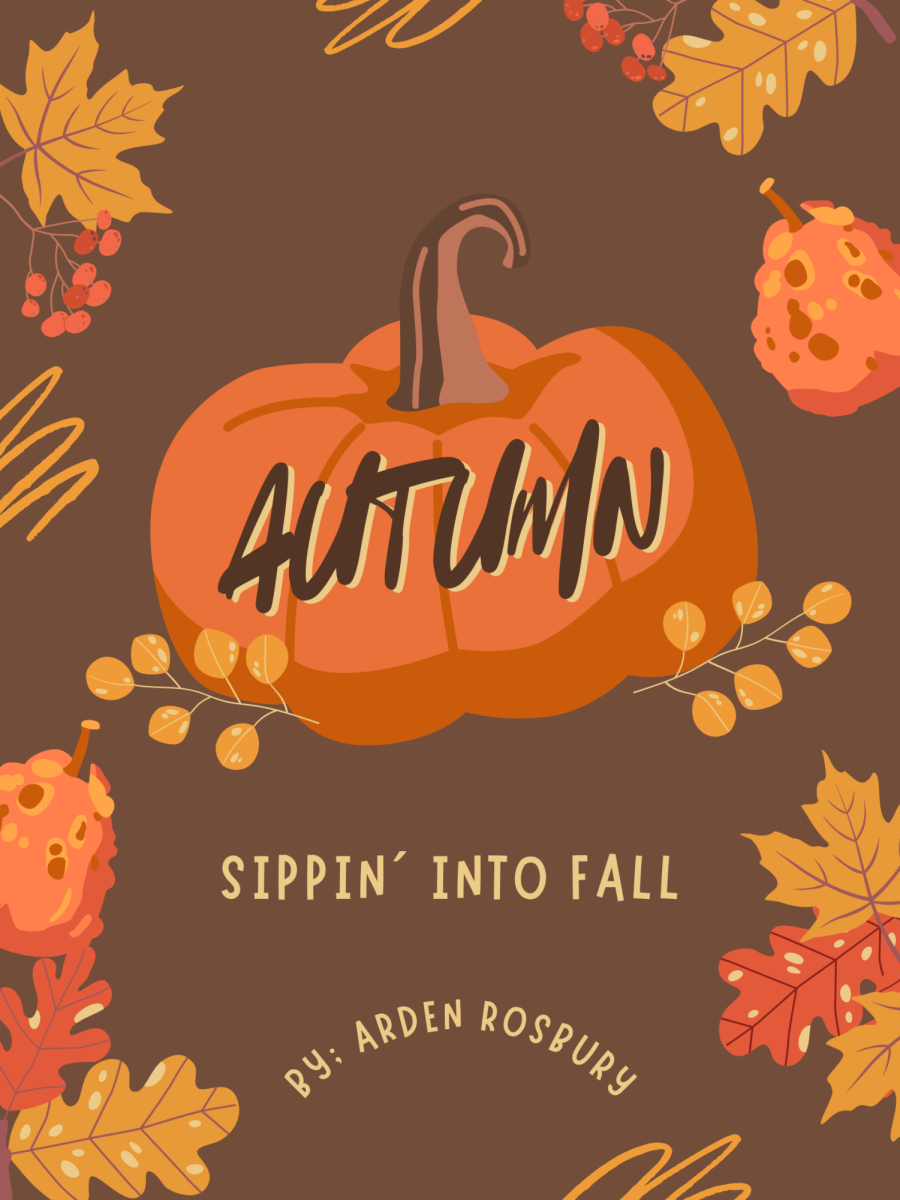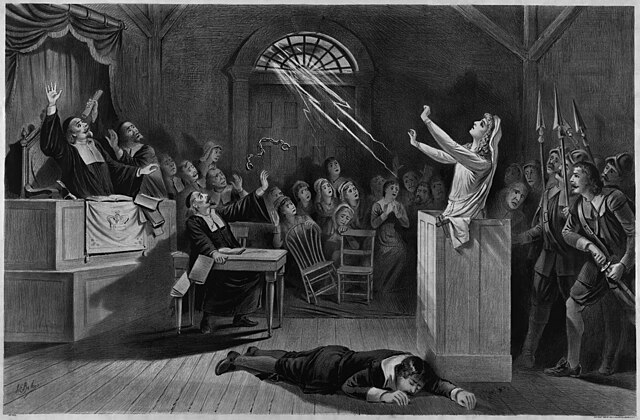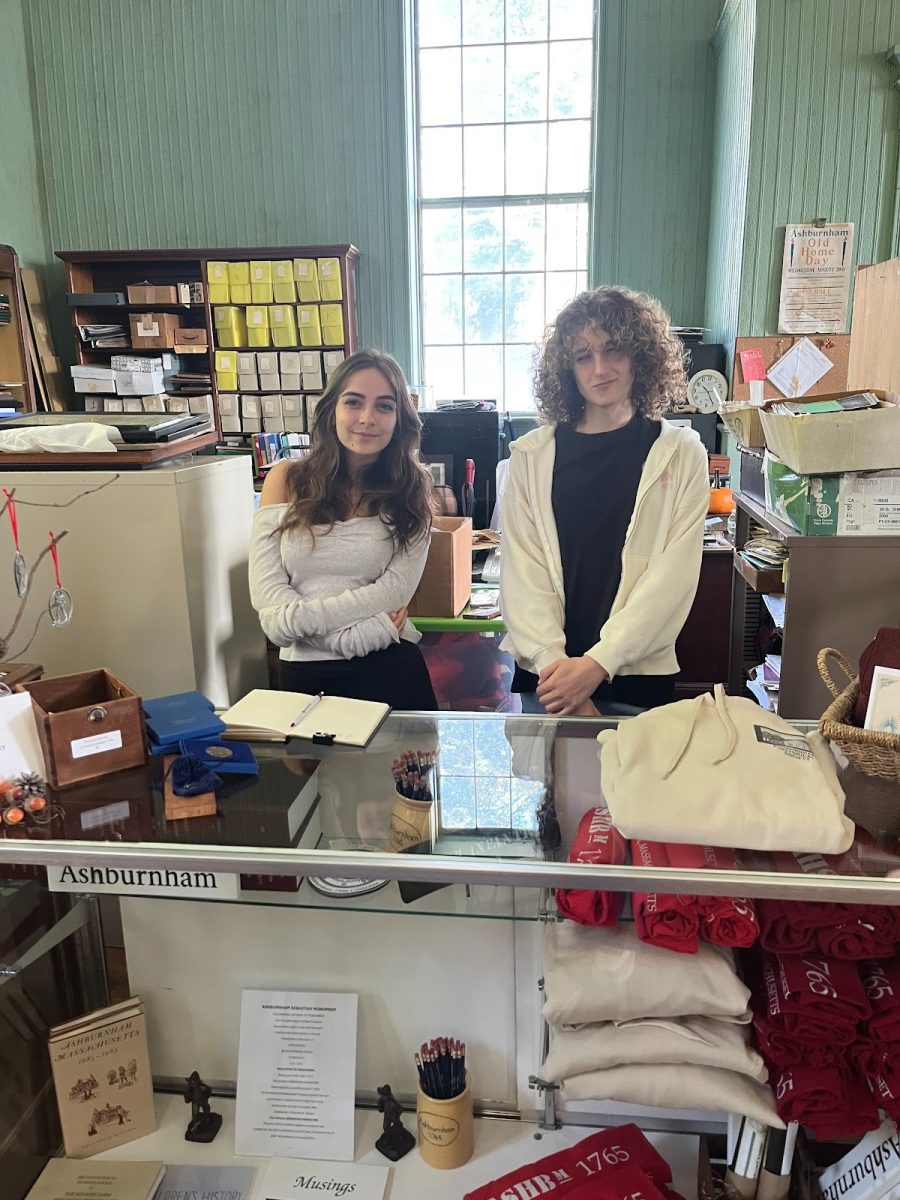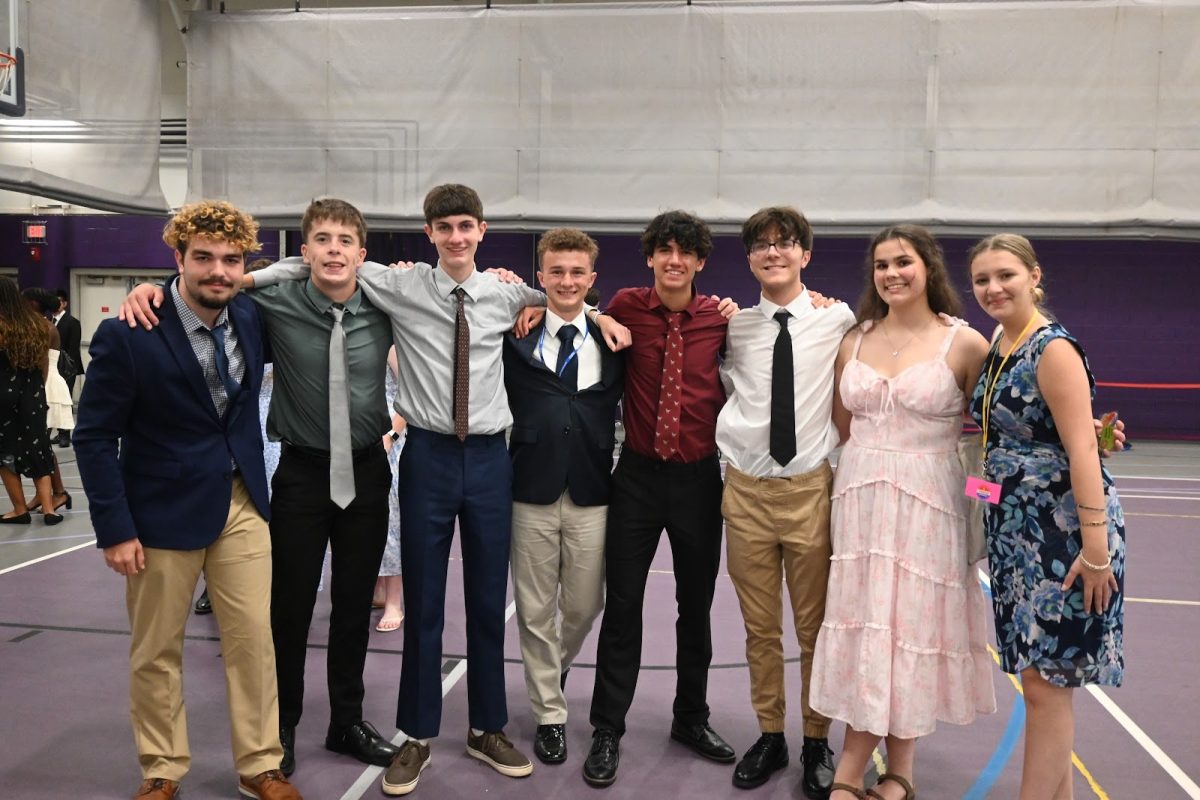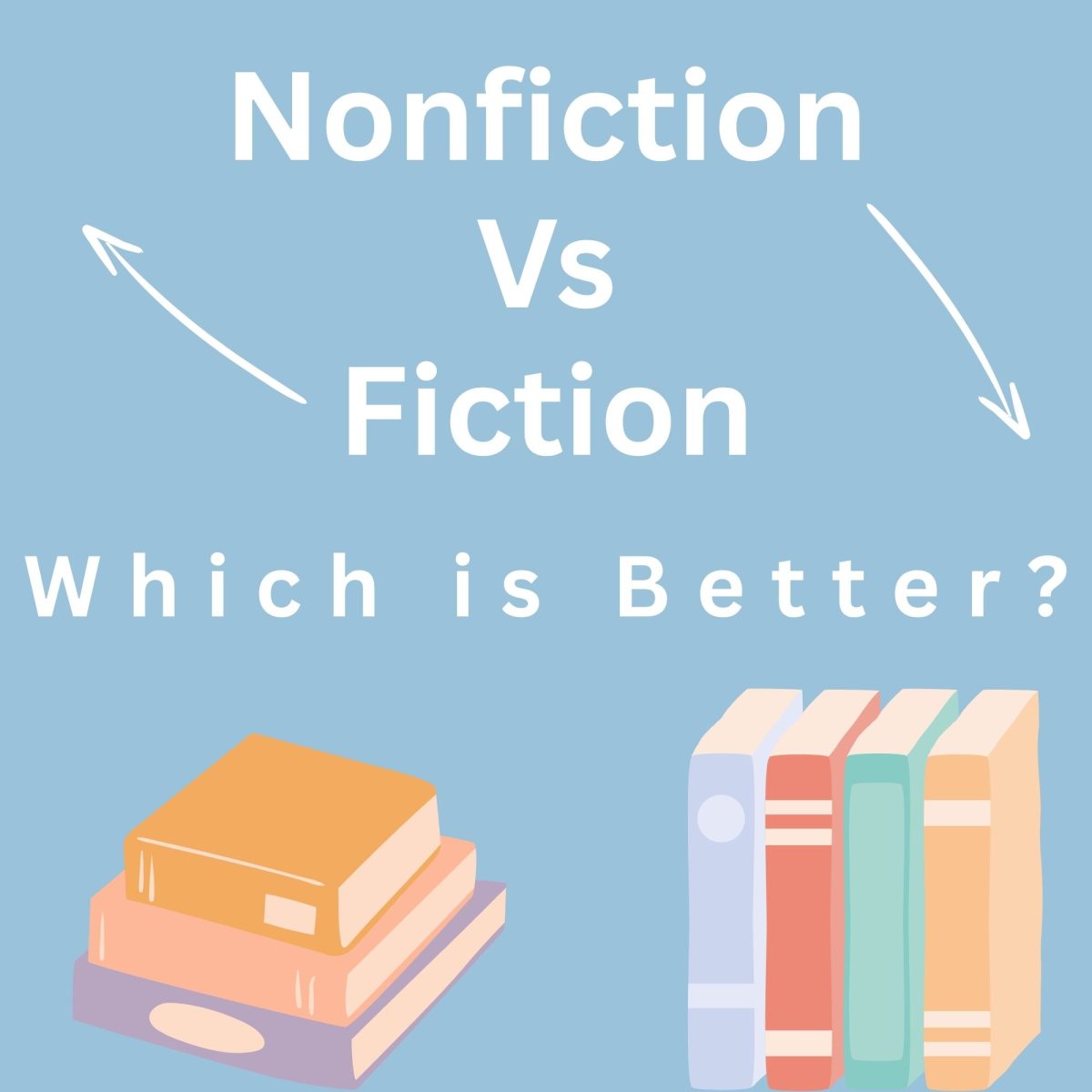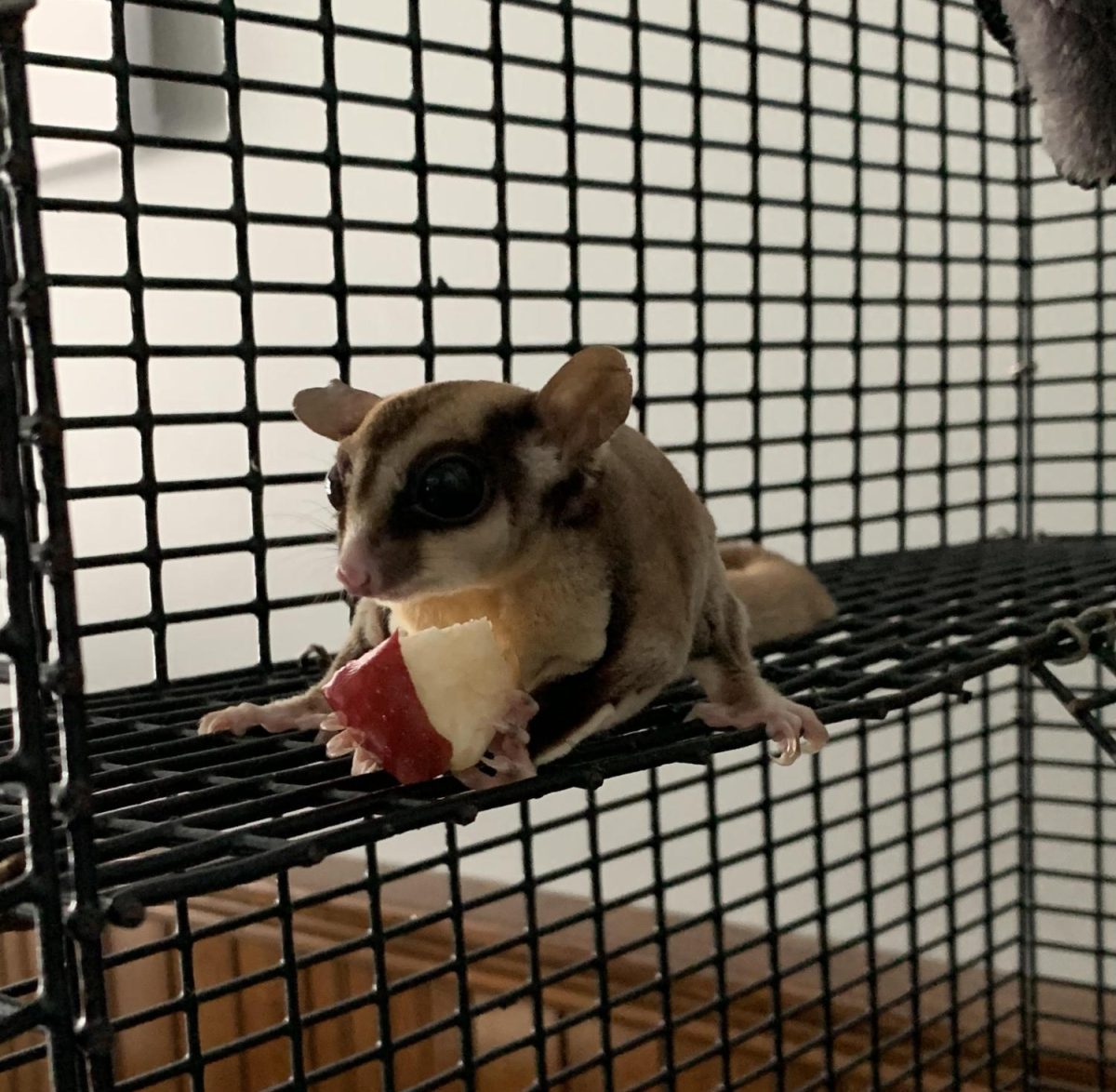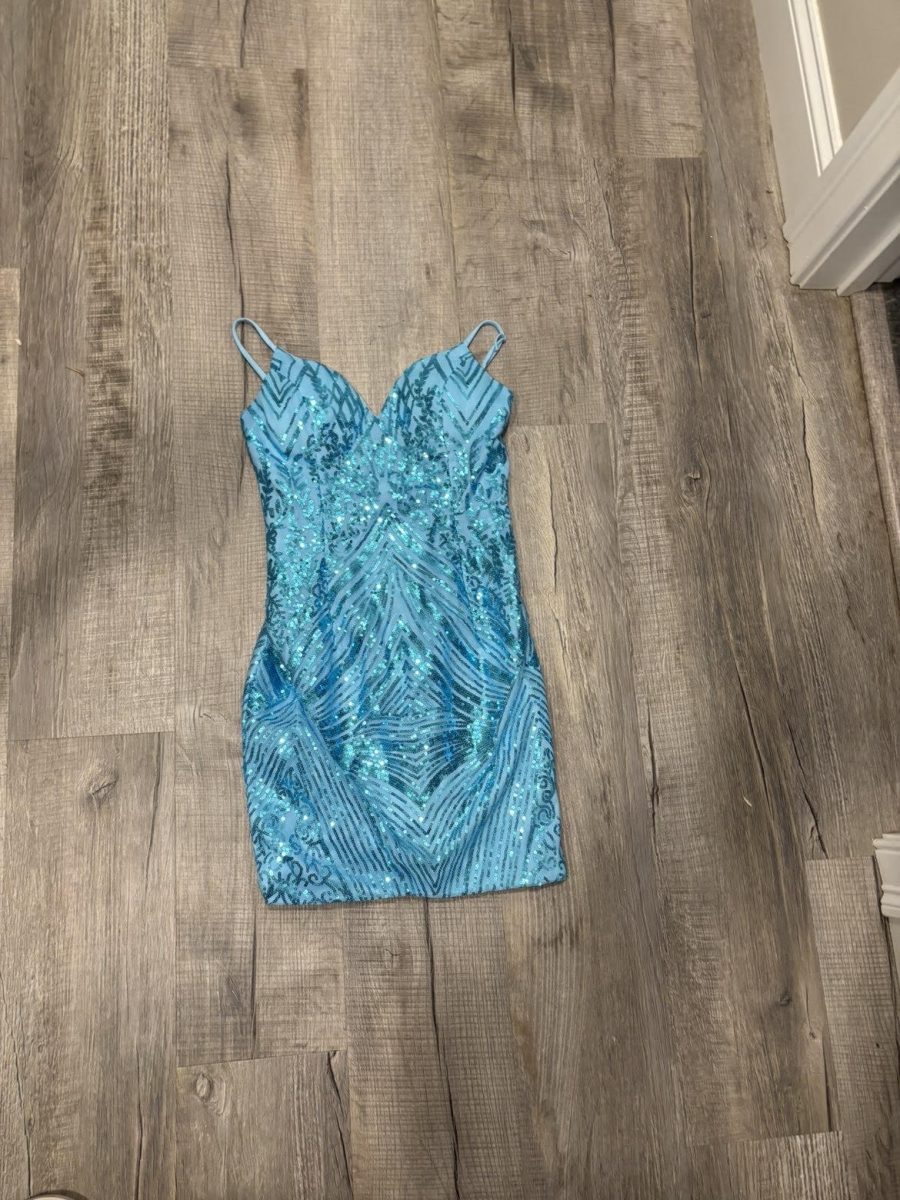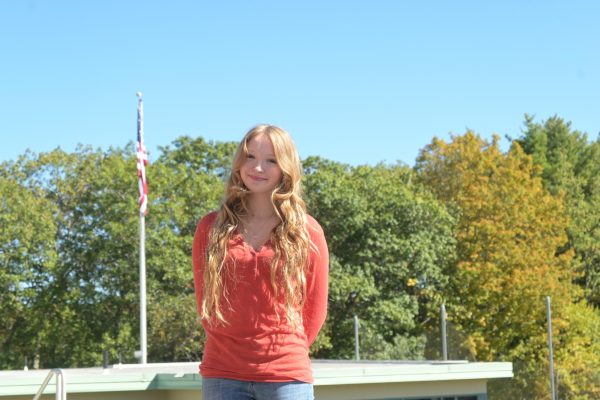The Youth Equestrian Development Association is a horseback riding sensation with equal opportunity, competition, and ambitious riders. Joining a YEDA team could change your future for the better.
YEDA is a riding program for children, teens, and adults. There are many different skill levels, such as walk jog, walk jog lope, and age groups. Each group is classified by a gem. The more you progress, you level up to a different gem. All riders, no matter what division, have a rail class and a pattern class.
Rail class is where a rider stays on the circle of the ring and follows simple directions from the judge. You may ask, “What’s a ring?” A ring is a big circle that a judge will stand in the middle of while watching horses walk and move along the edge. They may give directions like, “All walk, all halt.”
Pattern class is much harder. You’re given a pattern to direct you and your horse along. Directions like, back one horse length, jog at A, and extend jog at B, will be given. Many people will most likely not have a broad range of horse vocabulary words. So let me educate you.
Trot or jog can be described as a leisurely run. Trot is English, and jog is Western. A lope or a canter is a faster, more fluid movement for a horse, like a faster graceful run. Lope is western, and canter is English.
Some may ask what the difference between Western and English is. Western is a different type of saddle with different disciplines. English has no horn on the front, unlike a western saddle, which does.
Let’s discuss the specific levels. We have the elementary division, which includes Pearl rail and Pearl pattern. These are the younger, less experienced riders.
The next division would be Jr. high riders. Their gems are Opal, Emerald, Ruby, and Sapphire. These age ranks only get more demanding the higher up you go.
Then you have senior classes, not like a senior citizen, but like an advanced rider. They have the same gem names, but an added gem, which would be diamond. There is diamond reining, diamond rail, and pattern.
Reining is a discipline of riding that includes fast and sharp movements with an extreme amount of control.
Luckily for people who are too old for YEDA and who have already participated, there are alumni classes. YEDA shows are recognized as regular shows, national championships, and invitational championships, depending on what level your team is at.
The requirements for a team are 3 riders, a coach, and a Junior and Senior division. There is no need to own a horse to go to these shows. YEDA has a system where coaches will pick a horse’s name out of a hat, and that would be the horse you’d ride.
This program has many benefits; you can get scholarships to college, and just overall improve your riding skills. A membership for just yourself is around $50. The show shirts have ranged prices, but they’re around $90-105.
Being on a team requires wearing their specific show shirt. If you’re on a team and want to pay for a team membership, the cost would be $175 for a junior and senior division.
YEDA is during the winter, which can get very cold in New England. Going to these shows, you’ll see people wrapped in blankets, trying not to get their show clothes dirty. The community is one of the best things about riding horses and doing a program like this. Anna Salter, an alumnus rider for YEDA, tells us, “The best thing is we all love horses, but it’s also very cold.”
A day showing for YEDA has a lot packed into it. If the barn hosting the show is far away, you’ll most likely have to get up at 6 o’clock to get you and your horse ready. The drive will be long and boring, but when you get there, it’ll be worth it. Most barns have a buffet table ready and the anticipation of which horse you’ll ride as your main thought. Salter explains, “It’s very intimidating riding a horse you don’t know.”
Riding horses, even when you aren’t showing, is physically and mentally demanding. Megan Hildreth, a coach for the Wild Wood riding team, says, “The hardest thing has to be seeing how horses match their kids.” Not every horse and rider will get along. They might clash in their riding styles and in their personalities.
Every horse has their own brain. Their own decisions they choose to make. That’s what sets horseback riding apart from other sports. It’s like dancing in a pattern with a partner that only moves off body language.
There is also tons of positivity in YEDA. Hildreth says, “Other coaches and students want to see other kids do their best. They want to see other teams do good on their horses. It’s a very uplifting and supportive community.” YEDA is usually very low energy, too. You aren’t running around rushing with your teammates. You have time to relax, unlike during shows with bigger stakes.
Hildreth states, “One of the most rewarding things is seeing kids get a tough horse, being able to ride through, and place high.”

